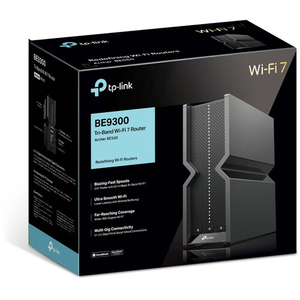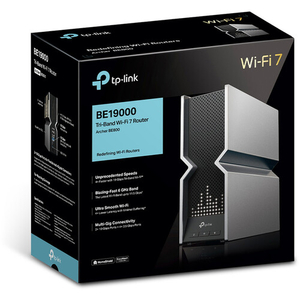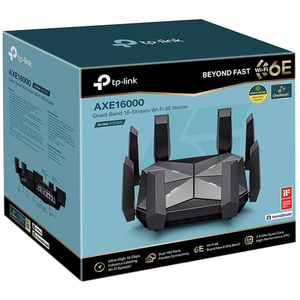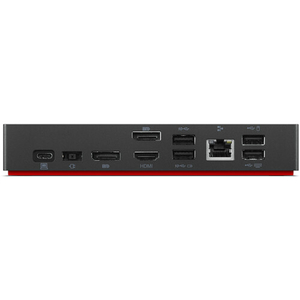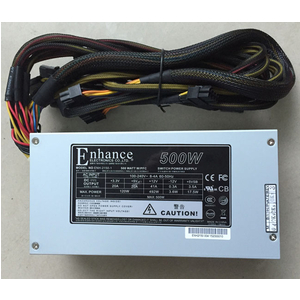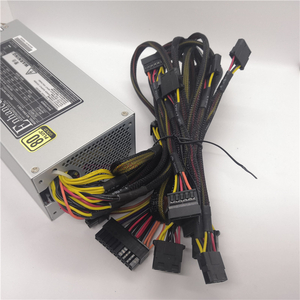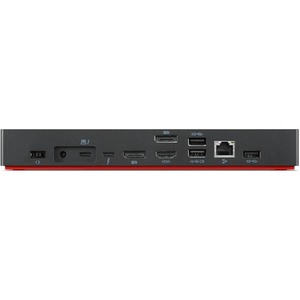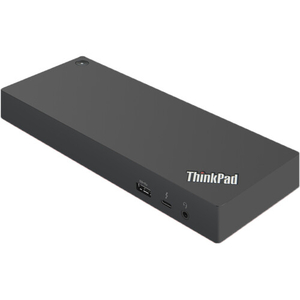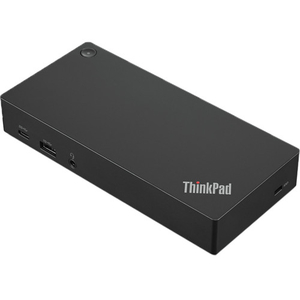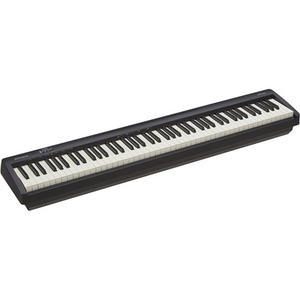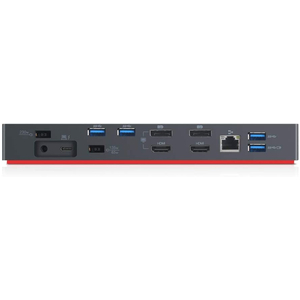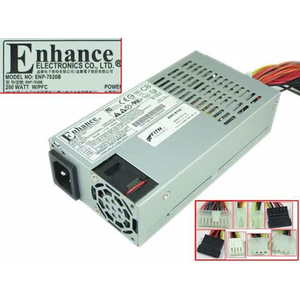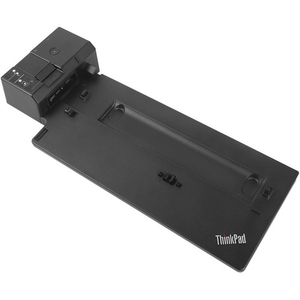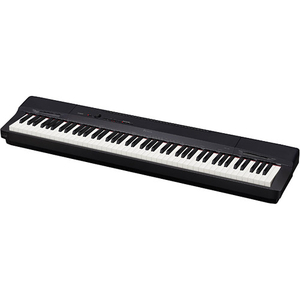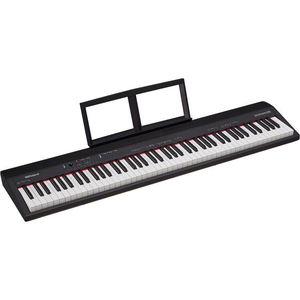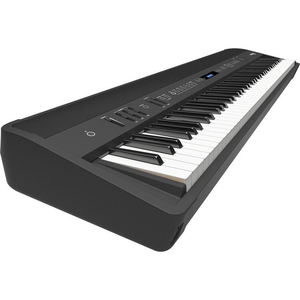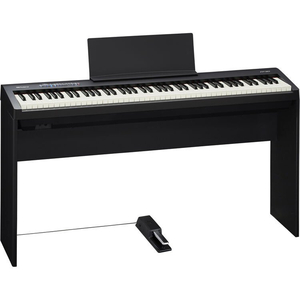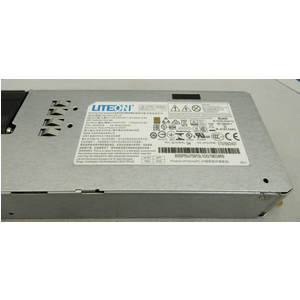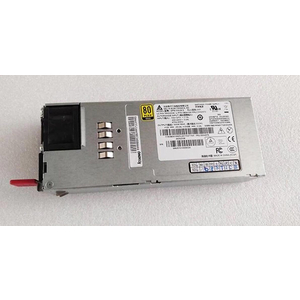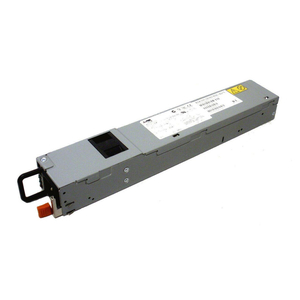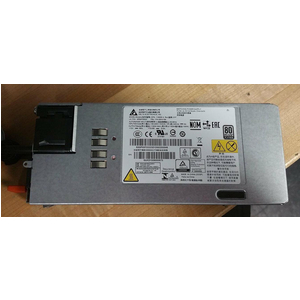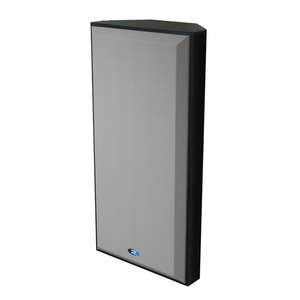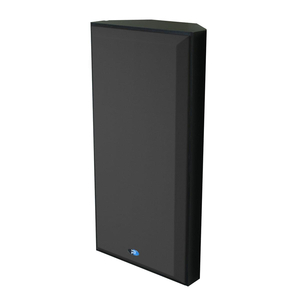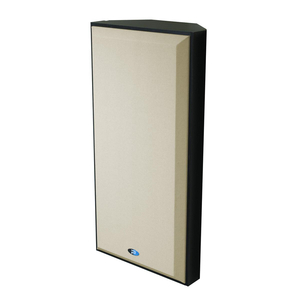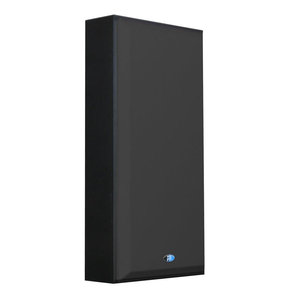>> Hướng dẫn đặt hàng trực tuyến
Giá có thể thay đổi chưa kịp cập nhật, xin vui lòng liên hệ trực tiếp để biết giá
Tên thiết bị: Primacoustic FullTrap - Broadband Bass Trap (Grey)
Model: Primacoustic FullTrap - Broadband Bass Trap (Grey)
Thương hiệu: Primacoustic London
Hình ảnh thiết bị như hình chụp
OVERVIEW
The Primacoustic FullTrap is a highly effective bass trap that combines a diaphragmatic resonator, a full-size acoustic panel, and a sealed enclosure to provide 3-way absorption throughout the full frequency spectrum.
This unique design begins with a front-mounted 24″ x 48″ – 3″ thick Broadway panel made from 6lb per cubic foot high-density glass wool fiber. This effectively absorbs frequencies down to 125Hz and extends below 100Hz. Behind the panel, a closed air space takes full advantage of quarter-wavelength principles to further reinforce low frequency absorption in this critical bass region.
But where the FullTrap truly shines is in its capacity to absorb deep low bass. The FullTrap’s remarkable low frequency extension is achieved by way of a suspended diaphragm that stretches nearly the full height of the device and essentially acts like a huge microphone, capturing bass by vibrating where the low frequencies are most prominent. As room modes combine, they either reinforce certain frequencies or cancel them out. The FullTrap’s limp-mass structure naturally migrates to the most powerful frequencies where it quietly resonates to remove excess bass and subsequent modal frequencies.
Available in black, beige or grey, the FullTrap ships flat and assembles in minutes using standard household tools. The FullTrap is the perfect solution for bass trapping in rooms where corner mounting is not an option due to windows, doors, or other obstacles. The FullTrap can also be used to reinforce other traps when a room demands additional bass control. When combined with Primacoustic Broadway panels and diffusers, one can turn virtually any room into a well-balanced acoustic space.
Applications
FullTrap Stacked
Stacked Fulltraps mounted to absorb low and high frequencies before they can bounce back into the room.
FullTrap in the studio
Fulltraps mounted on the rear wall near room corners to maximize bass absorption.
MaxTrap alternative options
When open wall space is not available the Primacoustic Maxtrap can be mounted in a room corner.
Specifications
The Primacoustic FullTrap is a combination full range absorber and diaphragmatic resonator designed to control all frequencies right down to the deepest bass.
This is achieved by combining a full-size high density glass wool panel (F) with a closed air space behind (B) created by the wood frame (A) to absorb sound down to 100Hz. Lower frequencies pass through the front face and then cause the internal diaphragm (D) to resonate. The greater energy contained in low frequencies causes the limp-mass diaphragm to naturally migrate to the frequencies where room resonance is most prominent, thereby reducing modal distortion.
Made from easy to clean black melamine coated MDF wood composite (A), the FullTrap ships flat in kit form to save freight costs and assembles in about fifteen minutes using standard household tools. Once together, the device is wall mounted using the supplied French cleats.
The FullTrap may be ordered in a choice of black, grey or beige to suit most color schemes.
| Frame Material | Black melamine laminated MDF |
| Dimensions | 24” (610mm) x 48” (1219mm) x 8” (203mm) |
| Panel Material | Formed, semi-rigid inorganic glass fibers, 6.0 pcf. (96 kg/m3) |
| Weight (Assembled) | 39.7 lbs (18 kg) |
| Fabric Facing | Acoustically transparent polyester |
| Diaphragmatic Membrane | Loaded vinyl, 1 pcf (16 kg/m3) |
| Recycled Content | Over 50% |
LEED certification provides independent, third-party verification that a building, home or community was designed and built using strategies aimed at achieving high performance in key areas of human and environmental health.
Fulltrap Tests and Safety
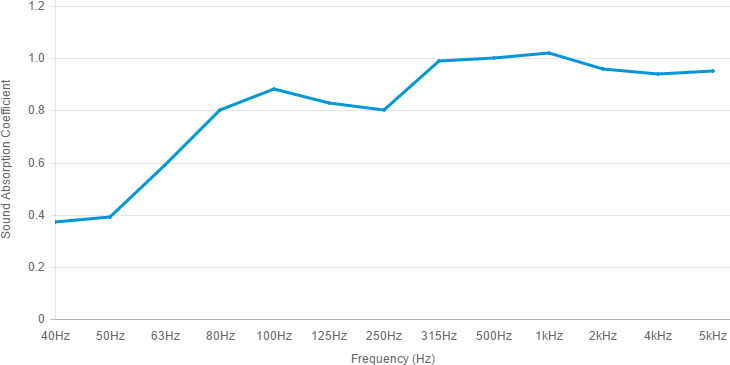
For reference, the standard Sound Absorption Coefficient wall-mount test was also performed. Although limited in scope, it provides typical data down to 100Hz and expected performance at lower frequencies as calculated by the laboratory.
| Frequency - HZ | 40Hz | 50Hz | 63Hz | 80Hz | 100Hz | 125Hz | 250Hz | 315Hz | 500Hz | 1kHz | 2kHz | 4kHz | 5kHz |
|---|---|---|---|---|---|---|---|---|---|---|---|---|---|
| FullTrap | 0.37 | 0.39 | 0.59 | 0.80 | 0.88 | 0.83 | 0.80 | 0.99 | 1.00 | 1.02 | 0.96 | 0.94 | 0.95 |
It should be noted that bass absorption tests are difficult to produce due to the extremely long wavelengths of lower frequencies and available room size. The tests as described above are as a result of our working with Riverbank Laboratories to deliver the most accurate findings possible given the limitations of the facility and practical mounting methods.
How to Use
The FullTrap is shipped flat in a box to save space and costly freight charges. All of the parts you need to put it together are inside including dowels, screws and mounting hardware. Standard household tools are all you need to build a FullTrap. Most folks find that it takes about 25 minutes to assemble following the simple step by step instructions. If you like, you can download the assembly manual by clicking this link to the FullTrap user guide. Once assembled, the FullTrap employs French cleats as the wall hanging support mechanism. A cleat is mounted on the wall surface and the FullTrap simply hangs in place quietly doing its work.
Because bass frequencies are omni-directional the FullTrap can be placed anywere in a room but near room corners maximize it’s effectivness. The determining factor is mostly a matter of high frequency control as the FullTrap’s front facing 3″ thick acoustic panel is highly effective from 125Hz and up. It is also a matter of available wall space. In some instances when open wall space is not available the MaxTrap provides an effective corner mounted alternative.
FullTraps can also be stacked for greater bass control. The more bass traps you have in your room, the greater the bass absorption. As a rule, small rooms will work well with two bass traps where larger rooms will benefit from four or more, depending on your desired outcome. As always, start by listening to your room by walking around to hear the room modes. Then, try recording in your room and listen to your recording in other spaces to hear how well your mixes translate. If you find that the recordings lack bass, then you probably need to add more bass control.
The FullTrap makes controlling bass problem easy in any room.
MaxTrap & FullTrap Science
Bass problems in the studio
Since the advent of affordable digital audio equipment, the proliferation of recording studios has expanded to the point where many successful recordings are now entirely produced in home-based project studios. These rooms are typically small preexisting structures that were never intended for audio.
Small rooms have several impediments: Due to the close proximity of the walls to the listening area, they are beset with powerful reflections that cause severe comb filtering. Since most rooms are rectangular, the parallel walls introduce room chatter and flutter echo in the mid and high frequencies. These reflections combine to collapse the effective listening position and cause ear fatigue. The immediate solution to these types of mid-range and high frequency reflections is broadband absorption using panels such as the popular Primacoustic Broadway series. Managing bass frequencies, however, presents a greater challenge commonly known as modal distortion or room modes.
Room modes are essentially zones in a room where two or more low frequency sound waves come together. When they combine ‘in-phase’, they reinforce each other (see graph A) amplifying the bass at that frequency. Alternately, these waves can combine ‘out of phase’ and cancel each other out, thus lowering the amplitude in that zone (see graph B). Neither case is ideal as it can cause bass to be too loud or too quiet depending on where you are standing inside the room.
Standing Waves
The physical size of the room imposes limits where frequencies will resonate as they echo off the walls and ceilings. These are commonly known as standing waves. A typical room that is 12 feet long, 10 feet wide and has an 8 foot ceiling (3.6m x 3m x 2.4m) will resonate at 94Hz, 113Hz and 141Hz respectively as sound echoes between the parallel surfaces.
Calculating the Resonant Frequencies of a 12 x 10 x 8ft. Room
As detailed above, these low frequencies will either amplify each other or cancel each other out depending on where you are sitting within the room. This is precisely why studio owners often complain that the mix may sound great at the listening position, but when they move to the back of the room the bass can either be thin (lacking), or is so intense that it completely messes up the mix. This one of the main reasons why bass trapping is so important in small rooms.
You can predict the fundamental room modes in your studio by simply dividing the speed of sound (1130/ft. per sec.) by the room dimensions as shown. For instance, in a room that is 12 feet long by 10 feet wide and 8 feet high, we can predict modal frequencies at 94Hz, 113Hz and 141Hz.
The Power In Bass
Let’s take this one step further by understanding the ‘power’ that bass unleashes compared to high frequencies. You only need to stand outside a night club to realize how much more energy is contained in low frequencies. If you listen, chances are you will only hear the bass in the music as it travels through the clubs walls to the outside. To illustrate, try stopping a bicycle. Now try stopping a train. Once a locomotive starts moving it is almost impossible to stop quickly. The inertia of a slow moving train is monumental compared to that of a bicycle.
In figure-A below, the ‘energy’ of a 50Hz sine wave is illustrated in the red ‘area’. Figure-B shows 200Hz at the same amplitude. Notice the red area is so much smaller? Figure-C takes this a step further by illustrating the comparative energy at 800Hz. Bass contains enormous amounts of energy compared to high frequencies.
This is why the bass speakers in a PA system are usually supplied with as much as 20 times more amplifier power than the high frequency horns. Once that bass gets moving, it is practically impossible to stop. In fact, controlling low frequencies is probably the most difficult and challenging aspect of acoustic sound control because of the disproportional amount of energy bass contains.
Absorptive Panels… What they can and cannot do
One can ‘predict’ the performance of an absorptive panel by using the quarter-wavelength calculation. This will provide a relatively accurate cut-off point to where the panel will provide 100% absorption. Remember, high frequencies have very little energy, so they are easy to absorb and control using absorptive acoustic panels. The thickness and density of the acoustic panel will determine the actual performance. Controlling bass is where the real challenge lies.
The math is easy: To calculate the wavelength, use the following formula:
wavelength = Speed of Sound (1130) / Frequency
Divide the result by four to determine the 1/4 wave. Because most sound will hit the panel at different angles rather than straight on, we can divide the 1/4 wave by two to compensate.
Example: Material thickness required to measure 100Hz
1130/100 = 11.3′ wavelength
Convert to inches: 11.3 x 12 = 135.6″
135.6″ / 4 = 33.9″ 1/4 wavelength
33.9″ / 2 = 17″ for angle of incidence.
Therefore, you will need a 17″ thick acoustic panel to fully absorb 100Hz.
This is in fact how products like the London Bass Trap and the corner traps used in the London room kits are measured. They will do a good job down in this low region. But where they fall short is in the deep low bass, below 100Hz. If you were to try to absorb 50Hz using the same math, you would need a bass trap that would be 34″ deep!
In fact, this is exactly how anechoic chambers are calculated. They often have huge sound trapping wedges that will extend anywhere from 4 feet to 6 feet in depth (1.8m) depending on the size of the room and lowest frequency that they must absorb. This of course is clearly impractical for small room acoustics. Another solution is required.
The MaxTrap & FullTrap – A real solution for bass
Both the FullTrap and the MaxTrap were conceived from the ground up to control troublesome bass, while providing effective absorption throughout the audio listening range. In fact, you can think of these devices like a 3-way speaker working in reverse. With a speaker, the woofer produces bass; the mid range driver delivers the mids; and the tweeter delivers the high-end. The Primacoustic MaxTrap and Full trap follow a similar approach whereby it combines three different sound absorbing techniques in a single device to provide full bandwidth control.
Both the MaxTrap and Full Trap employ a 3″ thick 24″ x 48″ face panel that is made of 6lb per-cubic-foot high-density fiberglass. This is the same material used to control the acoustics in professional recording and broadcast studios around the world. This panel has been laboratory tested and will absorb frequencies starting from 125Hz to well above the threshold of human hearing. The front face panels work to control flutter echo, room chatter and resonance while helping to eliminate strong primary and secondary reflections.
To increase the low-mid frequency performance, a deep air cavity behind the face panel extends back to the corner or wall to absorb frequencies below 125Hz. By employing quarter-wavelength calculations, one can predict 100% absorption to 100Hz. The third piece is an internal diaphragmatic resonator. This magical device does the ‘heavy lifting’ to help reduce low frequency modes and control the standing waves that tend to clutter the sound field. This is how it works:
The Diaphragmatic Resonator
To understand how a resonator or membrane works, one simply needs to look at a microphone. Sound waves cause the microphone diaphragm to vibrate, which in turn causes an electric impulse. If a given frequency is louder, for instance the low bass from a kick drum, the microphone will resonate at that frequency and deliver bass to the audio system. The microphone is not selective. It is reactive. It simply picks up whatever is in the room and renders it to the best of its ability.
A diaphragmatic resonator works very much the same way. The one inside the Max Trap and Full Trap is basically a huge microphone diaphragm that is suspended so that it can float or vibrate. But, unlike a microphone that is made from a very light material so that it is sensitive to all frequencies, the heavy barium-loaded vinyl inside is so heavy it will only vibrate at low frequencies where there is sufficient energy in the wave to cause it to move. Herein lays the magic: The diaphragm will sympathetically vibrate at the loudest frequencies in the room and remove them by thermo-dynamic transfer… or in layman’s terms, by converting sound energy into heat as the membrane vibrates.
How efficient is it? To put it bluntly, it completely blew away the techs at Riverbank Labs. It was literally off the chart. They had never encountered such an amazing device. (A word of advice: If a company claims the performance of their bass traps is better than quarter-wavelength calculations, ask them for a lab test from an independent facility. If they claim to do the tests themselves, be afraid. Bass testing is extremely difficult and unless subjected to real scientific scrutiny, the tests will likely be unsubstantiated.)
To fully understand how the MaxTrap and FullTrap work, we need to first appreciate the differences between bass trapping options they employ.
Acoustic Panels
As described earlier, acoustic panels will absorb bass, but their performance is tied directly to the thickness and density of the material that is used to build the panel. If the density is too high, then high frequencies will reflect. If the density is too low (like foam) then bass absorption will be minimal. Because the performance is tied to the thickness, they are limited in how low they will work. For the most part, even with an air cavity behind, they will typically absorb less than 50% of the energy down to around 75Hz.
The absorption of typical 3″ polyurethane acoustic foam vs. 3″ Broadway fiberglass panels.
Hard Membranes
These are typically wood panels that are suspended with some form of spring which is connected to an absorbent material. Because the panel is rigid, it will have a very specific resonant frequency based on the size, thickness and density. Hard membranes are narrow band by nature. This means that they will vibrate at some frequencies and effectively absorb energy in this narrow band but do nothing at other frequencies. So unless your room has a problem at that specific frequency, they will not provide an effective solution.
Curve comparing a hard-membrain resonator to the MaxTrap’s diaphagmatic membrain.
Helmholtz Resonator
A Helmholtz resonator is best described as a big bottle. Just as you can create a sound by blowing across the Coke bottle like a flute, a Helmholtz resonator can be designed to suck out a specific frequency. Like hard membranes, Helmholtz resonators are narrow band and only work so long as you identify the problem and then create a very specific solution. But since every room has slightly different dimensions, a ‘one size fits all’ solution is impossible.
Curve comparing a Helmholtz resonator tuned at 125Hz to the Maxtrap.
Diaphragmatic Resonator
The membrane or diaphragmatic resonator used inside the MaxTrap and FullTrap is different. It is a limp mass. In other words, it does not have a specific resonant frequency, but will vibrate based on the loudest or most powerful energy in the room. So no matter what the resonant frequency, it will self adjust to the problem and suck it out. The problem here is that the design is more complex and the heavy loaded barium impregnated vinyl is expensive. So these cost can be slightly higher. Ah, the price of perfection!
Curve comparing the MaxTrap to Real Traps.
A complete solution!
By combining the MaxTrap or FullTrap with standard Broadway panels, you will notice that bass will immediately tighten up; chatter echo will be reduced; and troublesome standing waves that cause nulls and lobes will disappear. With less interference, the listening sweet spot will expand making your room more comfortable to work in. Your mixes will become more accurate and translate better as you listen to the results in different rooms; in your car; and on different sound systems.
Chúng tôi vận chuyển tận nơi trên toàn quốc, nhận hàng thanh toán tiền cho người giao hàng. Hà Nội nhận hàng trong ngày. Các tỉnh khác nhận hàng 1 -2 ngày
Liên hệ: 0946.112.556 - 0320.2.223.225 - 0320.3.841.496.
© Bản quyền thuộc về công ty TNHH VNM
www.dienmayviet.com.vn www.dienmayviet.vn
Nhà phân phối trên toàn lãnh thổ Việt Nam. Miễn phí vận chuyển tận nơi trên toàn quốc, nhận hàng thanh toán tiền
Thiết bị được phân phối bởi: Công ty TNHH MTV Phát Triển Công Nghệ Máy Tính VNM
Hotline: 0946.112.556 - 0320.2.223.225 - 0320.3.841.496
E-mail: Product.vnm@gmail.com
Yahoo online: vnm_colorvis_sale
Hàng chính hãng, Full box, new 100%
Công ty TNHH VNM. Nhà phân phối sản phẩm chính hãng
Pin laptop chính hãng, sạc laptop chính hãng, pin máy ảnh chính hãng, sạc máy ảnh chính hãng, pin máy quay chính hãng, sạc máy quay chính hãng. Vui lòng truy cập www.chinhhangpin.com hoặc www.pinoriginal.com
Website trực thuộc quản lý của công ty TNHH VNM:
www.dienmayviet.vn
www.dienmayviet.com.vn
www.chinhhangpin.com
www.pinoriginal.com



